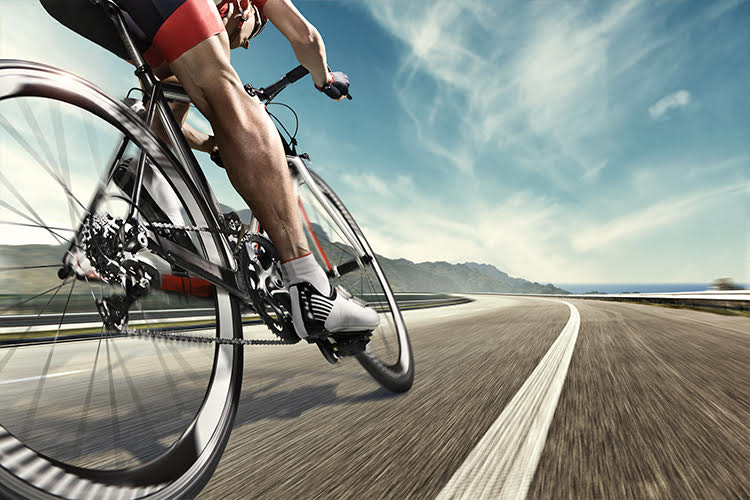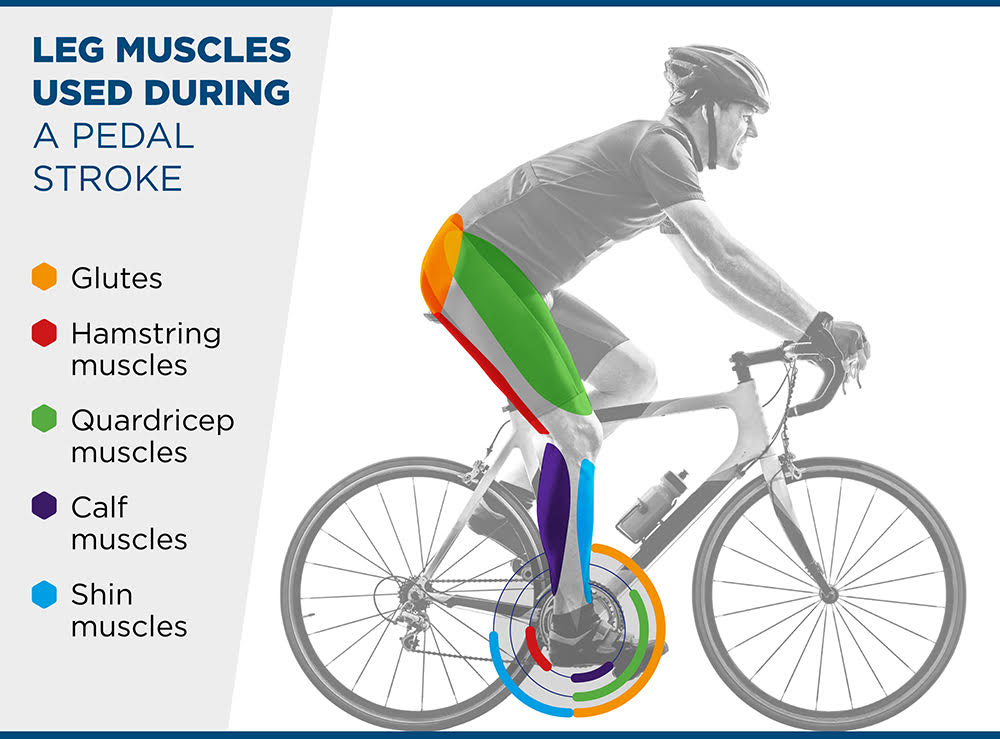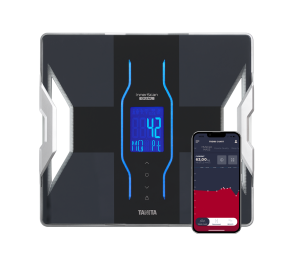Which muscles are used in cycling?


Cycling has never been more popular with bike sales soaring and more and more people getting their bike out of storage to have it serviced. If you are getting back in the saddle, upping your cycling game, training for a speed or distance event, or simply want to protect yourself from injury, it is helpful to have an understanding of the muscles used in cycling.
The key muscle groups used in cycling
It will be no surprise that they key muscles used in cycling are in your legs and bottom. The following muscles are used in cycling:
- Gluteus Maximus
- Hamstring muscles - Semimembranosus and Biceps Femoris
- Quardricep muscles - Vastus Medialis, Rectus Femoris and Vastus Lateralis
- Calf muscles - Gastrocnemius Medialis, Gastrocnemius Lateralis and Soleus
- Shin muscles - Tibialis Anterior
Gluteus maximus
Your gluteus maximus, or ‘glute’ is the largest of the three gluteal muscles and is the power behind your stroke as you push down on the pedal. Overworking your hamstrings can put pressure on your lower back or cause knee pain; building your glutes and making sure they are ‘firing’ will help guard against this.
If you tend to sit at a desk, when you are not on your bike, it will be really important for you to focus on building, utilising and stretching your glutes to get the most power from them.
Hamstrings
Your hamstring muscles run from your hips down the back of your leg, crossing at the back of your knee. They are vital to cyclists as they are active in bending the hip and knee for both the push down movement of the pedal and the corresponding ‘pull up’. Your hamstrings are most active from the 6 o’clock to 9 o’clock position of the pedal stroke.
Weakness in the upper hamstrings around your hip and tightness in the lower hamstrings around the knee are both common problems for cyclists.
Quadriceps
Another sign of a cyclist is bulging calf muscles and these, like the quads, are vital for strong downward power on the pedals so theses muscles are mostly used when puhing down the pedeals.
Calf muscles
Another sign of a real cyclist, is the bulging calf muscles and these, like the quads, are vital for a strong downward force on the pedals. Your calf muscle is most activated the moment you only hit the pedal with your toes.
Shins muscles
Finally, your Tibialis Anterior or shin muscle is vital in drawing your foot from an extended point at 6 o’clock back up towards 9 o’clock in the pedal stroke.
What other muscle groups are used in cycling?
In addition to the cycling leg muscles there are other muscle groups which will also get a workout when you are cycling:
- Biceps and triceps in your arms
- Deltoids in your shoulders
- Upper and lower abdominal muscles which make up your ‘core’
With the muscles in your upper body you hardly put any strength, but these are necessary to keep your body balanced and upright while cycling. Especially when you cycling up hill and ride out of the saddle.


How to get a typical cyclists physique
There is never one ‘right’ body shape or physique for you to partake in a sport. At Tanita we firmly believe that everyone can improve their health and fitness to get more out of the things they love.
However, focussing on developing the muscle strength and quality in the key muscle groups described above will mean that you have more power to deliver to your wheels and avoid injury whilst you are cycling. Here are a couple of muscle building suggestions;
- Building muscle in the saddle - increasing your hill training, sprints or working in a higher gear will all help to build muscle whilst you are cycling
- Step ups onto a box or bench are one of the best additional exercises you can do to build your leg muscles - 10 to 12 reps, for each leading leg and add dumbbells to increase resistance if you have them
Muscles and cycling: measure your progress
Do you cycle intensively and are you curious if you actually grow muscles with your cycling training? You can measure your progress by using a segmental body composition scale, such as the Tanita RD-953. This type of scale gives you a medical measurement of the muscles in both your arms and legs and trunk. By getting insights into your muscle mass for each body part, you can keep track of whether you are building your muscles in a balanced way. This device also gives you a score of the quality of your muscles, so you can see how the quality relates to people in the same age category. So, by gaining insights into these measurements, you can see exactly how much muscle mass you've built up over a certain period of time!
Benefits of cycling
In addition to building muscle mass, cycling has many other benefits for your health. For instance, it lowers your biological age, which in turn leads to a reduced risk of heart and vascular diseases and other diseases such as diabetes 2. It also ensures better sleep. Research has shown that cyclists fall asleep faster. Cycling can also be a good workout to stimulate weight loss. Want to know more about the benefits of cycling, read our blog does cycling burn belly fat?




